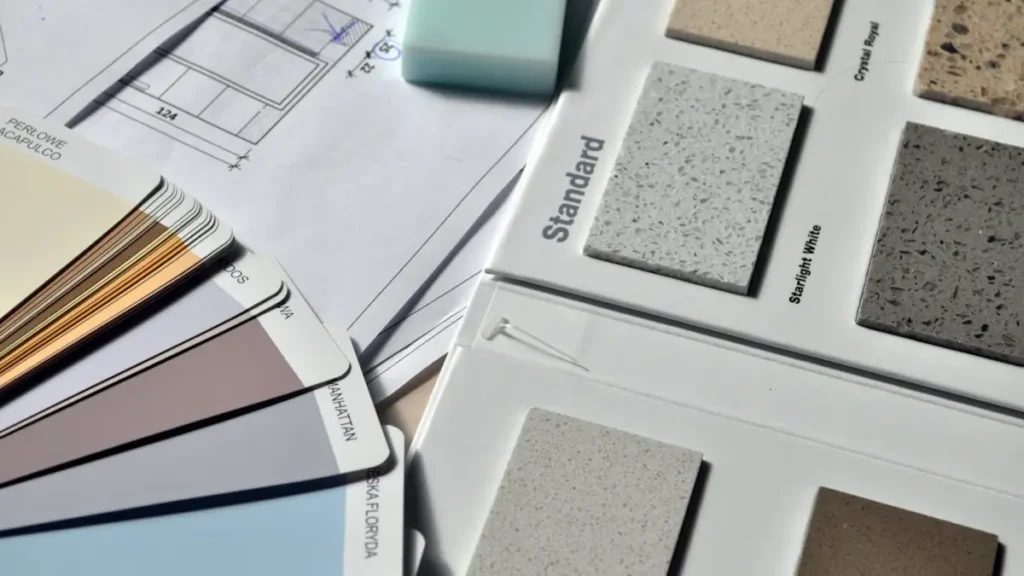A home is more than just a place to live; it’s an investment that requires consistent care to maintain its structural integrity. Many homeowners focus on aesthetics and interior updates, often overlooking the essential maintenance tasks that prevent long-term structural damage. Cracks in walls, uneven floors, and foundation issues don’t appear overnight—they result from years of neglect and small problems accumulating over time. One of the most concerning structural issues homeowners face is what is subsidence, a serious condition that can lead to foundation failure if left unaddressed.

Fortunately, by following proactive maintenance strategies, homeowners can safeguard their property and avoid costly repairs.
Regular Foundation Inspections and Drainage Maintenance.
Home foundations sustain every structure during construction, so immediate attention must be paid to any signs of decay. Regular visual inspections of the outside of the house enable homeowners to discover the initial indications of foundation problems, including tiny cracks between bricks and structural depressions. The improper operation of doors or windows inside the house signals foundation movement.
The foundation requires protection from water by directing water flow away from it. Water collection at the base of homes creates foundation issues because it softens the soil, which causes structural instability. Extending downspouts to at least five feet from the foundation and keeping gutters free of debris will substantially decrease the possibility of water damage.
Controlling Moisture Levels in and Around the Home.
The foundation of a home faces significant damage from changing moisture levels in the ground below it. The foundation faces two opposite processes in different seasons: dry periods contract soil, which moves away from the structure, and wet seasons cause soil expansion. The foundation faces instability when subject to multiple shifting events, resulting in foundation cracks and uneven settling. Homeowners need to implement measures for maintaining steady soil moisture throughout every season.
High indoor humidity enables mold development and wood decay, weakening the fundamental elements of house construction. Combining dehumidifiers in humid regions with leak repair and proper ventilation for basements and attics will work together to keep indoor moisture at its best level. Checking for sink and toilet leaks and examining appliances regularly helps stop water damage that endangers home structural integrity over time.
Roof Maintenance and Structural Integrity.
A roof is an essential protective component of a house because it blocks intense weather elements while stopping water from entering the home. Careless roof maintenance often leads to leaking problems that degrade ceiling structures, wall structures, and essential foundation components. Homeowners must perform roof checks two times annually to search for missing shingles and damaged areas alongside sagging roof parts and wet spots in their attic. Early intervention on minor roof problems stops more significant structural damage from developing in the future.
The maintenance of roofs requires regular cleaning of gutters and downspouts as an essential step. The accumulation of debris in gutters allows water to rise and penetrate through shingles, thus causing structural deterioration in the home through rot. Gutter guards lower the buildup, but homeowners still need to remove accumulated leaves and debris from their gutters periodically. Any water stains discovered on interior walls or ceilings need immediate investigation to stop the development of further damage.
Preventing Pest Damage and Wood Decay.
Wood is a standard construction material in residential homes, but its damage threatens the complete structural integrity. Termites, carpenter ants, and wood-boring beetles will damage structures severely if homeowners fail to maintain control. Regular pest checks followed by correct protective treatments help homeowners prevent infestations from developing. Property owners must remove excess moisture from wooden structures because damp wood provides an optimal environment for pests and fungal development.
Wood decay becomes a significant concern because areas with regular moisture exposure face this problem. Regularly inspecting decks and porches and wooden window and door frameworks should include checks for soft areas, peeling paint, and discoloration. Applying paint or sealant on wet wood surfaces establishes a protective layer that prevents moisture absorption and thus extends wood longevity and supports home structural integrity. Early detection of damaged wood allows homeowners to replace it without compromising the structural stability of their house.
Conclusion.
A carefully preserved house protects homeowners from expensive structural collapse and hazardous conditions. Residential property protection from gradual deterioration depends on homeowners who put foundation inspections first alongside effective moisture control roof maintenance, as well as pest prevention strategies. Structural damage develops from minor problems that worsen until homeowners must address them as soon as possible for successful prevention. Homeowners who consistently maintain their homes through these essential tasks will protect their properties’ structural integrity, ensuring their homes remain valuable, strong, and safe for future generations.

